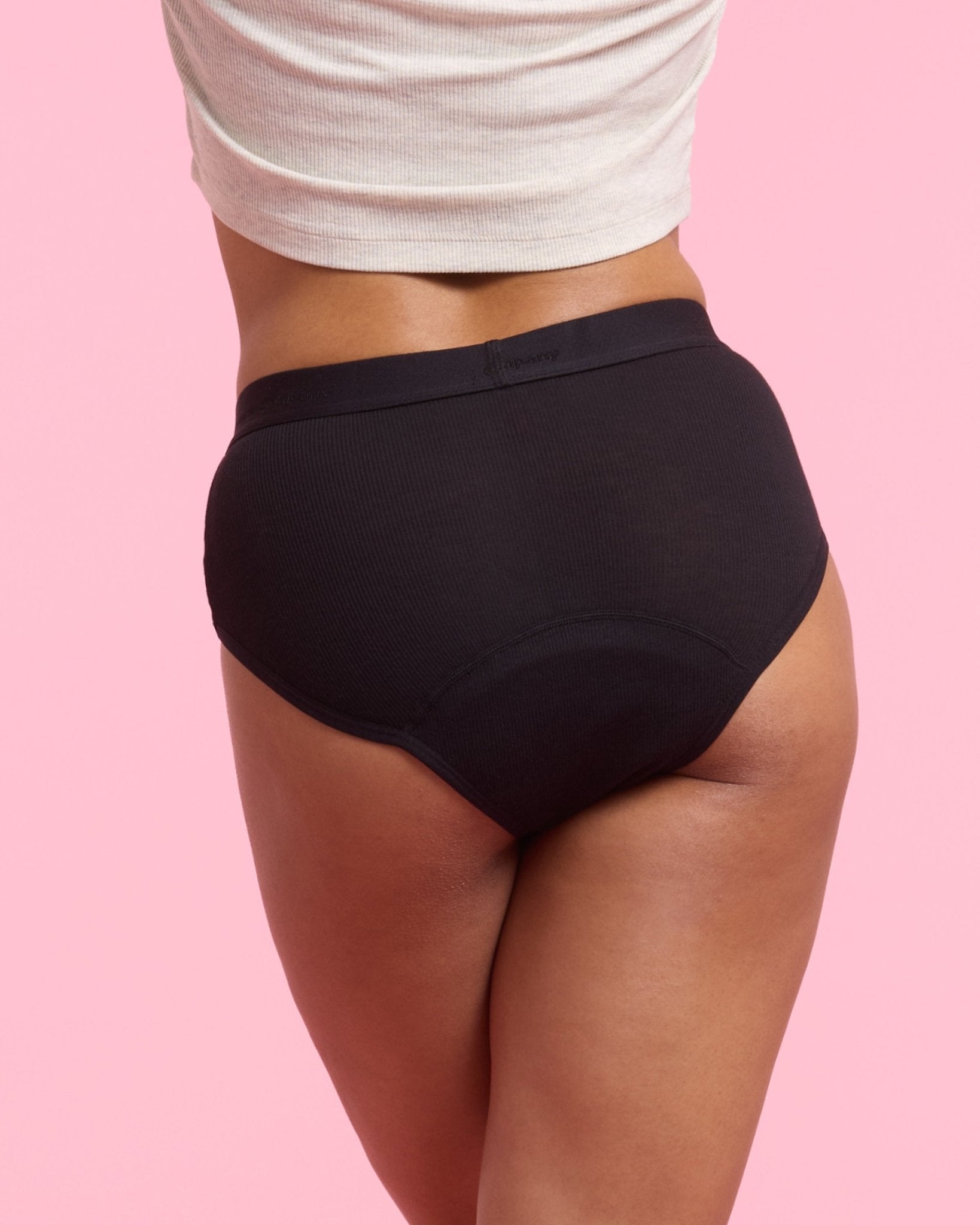Breastfeeding is an incredibly personal experience, but that doesn’t mean it comes without challenges. While some mothers struggle to produce enough milk, others face the opposite issue: an oversupply. But one thing is certain – no matter what your breastfeeding journey looks like, there is no wrong way to breastfeed.
Here we explain how to recognise if you’re producing too much milk and what you can do if you're currently dealing with an oversupply. But don’t worry – you’re not alone. Let’s talk about what causes an oversupply, what you can do about it, and how to make this time easier for both you and your baby.
Empowering Motherhood
We got you. From pregnancy and postpartum to breastfeeding.

Table of Contents
Contents
1. What does “too much milk while breastfeeding” mean? And how can I tell?

In medical terms, excessive maternal milk production that exceeds the infant’s needs is referred to as hyperlactation. It is accompanied by a strong let-down reflex and can overwhelm the breastfed baby.
Having too much milk is often portrayed as a “luxury problem,” although it can be very uncomfortable for the person affected. It may lead to issues such as engorged breasts, leaking breasts, blocked ducts, or even mastitis. Other signs of oversupply during breastfeeding may include your baby feeding quickly, frequently choking, or feeding very briefly but very often. If your baby feeds very frequently due to oversupply, this can cause wind, as the foremilk is particularly high in lactose and your baby may not reach the fattier hindmilk at the end of the feed.
You might also notice some of these signs:
-
There is strong milk spray during breastfeeding
-
Your baby frequently licking or refusing the breast because the milk flow is too fast.
-
Your baby chokes more often or has to pause frequently during feeds.
-
Sore nipples or vasospasm
Sound familiar? Don’t panic. An oversupply of milk is first and foremost a sign that your body is ready to nourish your baby.
2. Causes of Oversupply While Breastfeeding
Why does your body produce more than your baby needs? Here are the main causes of oversupply:
1. Idiopathic Hyperlactation
Especially in the first few weeks after birth, your body often produces “in advance” until supply and demand settle. However, some mothers find that this overproduction persists.
2. Excessive Pumping
This can happen if you pump excessively in addition to breastfeeding, which further stimulates milk production.
3. Herbal Products & Medications
The use of herbal supplements/remedies, such as fennel or anise, or prescription medications can cause oversupply during breastfeeding.
3. Managing Oversupply
Here are the best strategies to manage oversupply and make breastfeeding more comfortable for you and your baby.
1. Consult Your Midwife/Gynaecologist
Speak with professionals for tailored advice and to relieve any complications or discomfort.
2. Block Feeding
Block feeding means breastfeeding or pumping from one breast over a set period of time. This can reduce milk overproduction by activating the breast’s local autocrine regulatory mechanisms.
- The Academy of Breastfeeding Medicine recommends:
-
Direct breastfeeding or pumping from one breast over a three-hour period, switching breasts with each cycle
-
Feeds should take place in time blocks during the day (e.g. 9:00 AM – 6:00 PM), and both breasts should be used ad lib. overnight
-
If the other breast becomes too full, small amounts may be pumped for relief
-
If these cycles are effective, improvements should be noticeable within 24 to 48 hours
-
Important: Block feeding should be closely supervised by specially trained midwives and gynaecologists, as there are certain risks such as blocked milk ducts, a significant drop in milk supply, or mastitis.
3. Herbal Products & Medications
- Popular herbal remedies include sage or peppermint tea. However, scientific studies have not shown proven effects.
- Jasmine flowers and chasteberry have shown effects in some studies. However, the effects of chasteberry on milk production are controversial. Some recommendations advise against its use during breastfeeding due to limited data.
- Additionally, milk-suppressing medications can be prescribed by your doctor.
4. Relieve Breast Fullness Without Pumping
Sometimes, gentle hand massages or expressing a small amount of milk is enough to relieve pressure without signalling your body to produce more milk.
5. More Tips and Tools
- Breastfeeding position: Try a reclined or laid-back position to slow the flow and support a positive, direct breastfeeding relationship.
- Breast pads: Especially at the beginning and when breasts “leak,” pads can catch the excess milk and make life easier so you don’t have to constantly change your top or nursing bra.
4. What to Do With Excess Milk?
Freeze for Later
Breast milk can be stored in breast milk bags in the freezer for up to 6 months. Handy, right?
Donate to Milk Banks
Excess milk can be donated to certified milk banks to support premature and other infants in need.
5. When and Where Should You Seek Help?
Lactation consultants/midwives/paediatricians are specially trained to give you personalised advice and help you adjust your breastfeeding journey.
Medical support is necessary if you experience pain, signs of mastitis, or feel overwhelmed. It’s always okay to ask for help.

6. Breastfeeding is Personal – and You’re Doing Great
Having an oversupply can be a challenge, but with the right support and strategies, you can get through this phase. Whether you breastfeed directly, pump, or use a combination – your way is the right way.
If you're looking for helpful and sustainable products to make breastfeeding easier, check out The Female Company's reusable nursing pads. They're eco-friendly, soft, and the ideal support for a gentle breastfeeding experience.
You’re not alone, and you’re doing an amazing job. ❤️




































